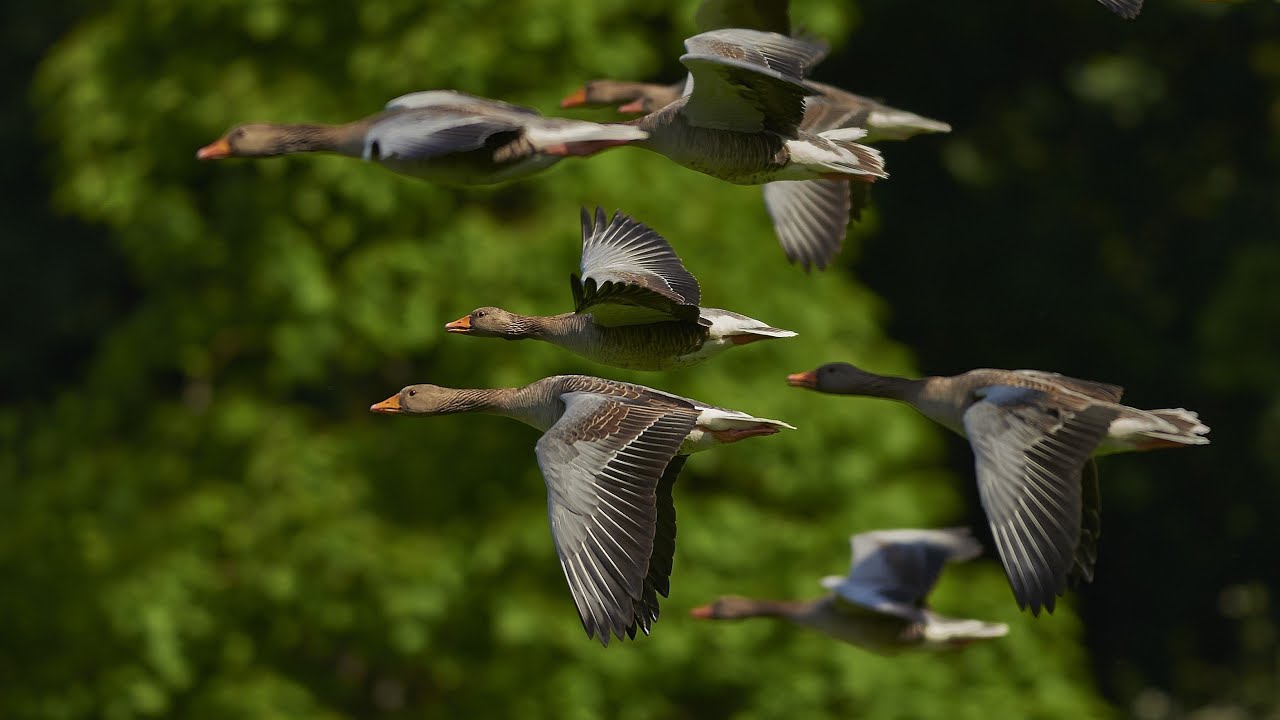NATURE AND YOU – MIGRATORY BIRDS

Copyright infringement not intended.
Context
Migratory birds are welcome visitors who have a good impact on the environment. Every year, birds from 29 nations fly to India. During September and October, enormous flocks of birds arrive in the country, signalling the start of migration. For successful broods, migratory birds require nesting sites and enough food. Reduced area under water bodies, wetlands, natural grasslands, and woods, as well as increased habitat degradation over the last decade, have proven to be serious hurdles for them. Biodiversity has been lost due to overexploitation, inappropriate use of natural resources, population boom, increasing weather variability, and climate change.
Migratory Bird’s significance
- Migratory birds play a number of important and necessary roles in the ecosystems in which they live and move.
- By devouring insects and other organisms that affect the environment and agriculture, such birds rearing broods end up working as pest control agents.
- The absence of birds has resulted in disasters such as locust attacks.
- Migratory birds aid in seed dissemination, resulting in the preservation of biodiversity along their migration pathways.
- Ducks can carry fish eggs to new water bodies in their intestines.
- Bird guano, often known as guano, is high in nitrogen and serves as an organic fertilizer as its eggs are rich in calcium and other minerals.
- Migratory birds can have an ecological influence since they serve as both prey and predator in ecosystems.
- The presence of migratory birds can be used to assess the state of the environment in a certain area.
Threats to these migratory birds
- Their eggs are poached and hunted in numerous places of the world where they move through or live.
- Locals who are ignorant of the advantages that migrating birds give frequently engage in behaviours that endanger the birds' existence.
- To appease their palates, affluent individuals engage in bird hunting with little regard for the environmental ramifications.
- When one partner dies, the other dies, and the brood dies from malnutrition, impacting the entire family of birds and future generations.
- Along with the loss of water bodies and natural habitats, the disappearance of secondary habitats in the vicinity of towns and villages, where smaller flocks frequently seek sanctuary, is a serious issue.
- Increasing nighttime illumination has a negative impact on migration by confounding the birds.
- The life cycle and migration of birds are jeopardised by environmental degradation and rising pollution levels.
- Poor hatching and brood loss are caused by heavy contamination of water sources and the presence of huge concentrations of pesticides.
- Birds can become ill as a result of eating fish and insects that have high amounts of heavy metals and poisons.
- Food supply becomes an issue as a result of greater encroachment and human involvement, as well as increased fishing, and birds may die of malnutrition.
Way forward
- Monitoring and enumeration of illnesses, as well as long-term monitoring programmes to examine bird movement trends.
- Educating students, youth, and the general public about the importance of bird migrations and their consequences.
- Obtaining local support for migratory bird breeding and conservation.
- During the migratory season, fishing should be minimised, abandoned, or prohibited in estuaries, rivers, and other bodies of water.
- Farmers using sustainable organic agriculture techniques to assure chemical-free water and a pesticide-free prey base.
- People must preserve the long-term viability of landscapes and ecosystem services that support migratory bird habitat, species, and populations.
- Wetlands, meadows, natural habitats, and forests with native species are being conserved to assist birds roost and lay nests.
- Single-use plastics are banned, and single-use plastics are not dumped in aquatic bodies.
- Specific laws, regulations, actions, and treaties among nations, as well as rigorous adherence, are needed to assist migratory bird conservation.
- Drones and other modern technology can be used to follow poachers in regions where birds congregate.
- Keeping night lighting to a minimum along migratory routes.
- Promoting eco-clubs and citizen initiatives to raise awareness of migrating birds and their natural habitats, as well as conservation and preservation.
https://www.youtube.com/watch?v=CZUUTey2LvQ&feature=emb_imp_woyt




